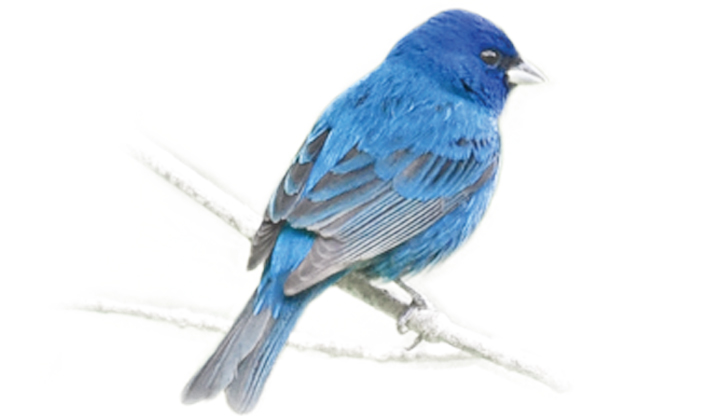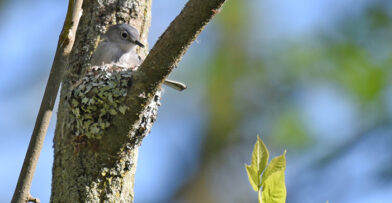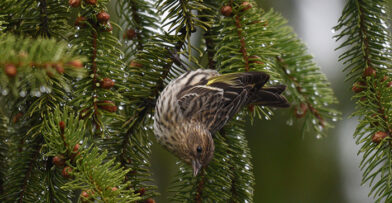What makes birds different from all other creatures? They are the only animals that sport feathers – and nearly everything you can see on a bird is a feather. Feathers are an amazing product of evolution. They’re made from non-living proteins called keratin, the same material human hair is made from.
The Complex Coloration of Feathers
Certain birds are really the color we see, while the appearance of other birds is the result of a trick being played on the eye. Feathers produce colors in two ways: pigments and structures. Pigments are responsible for the camouflage brown on an Eastern Screech Owl and the opulent orange of the Baltimore Oriole. Pigmented birds, just like a pigmented paint, are actually the color they appear to be.
But what about the boastful blue of a Blue Jay, or the iridescent Ruby-throated Hummingbird? Those colors are created by cellular structures on the feather surface that refract or scatter light, resulting in what appears blue and ruby to our eyes. Without these intricate structures, both the Blue Jay and the ruby throat of the male hummingbird would appear the dark grey that they actually are!
Types of Feathers
Feathers serve three key roles for modern day birds: Flight, controlling body temperature, and coloration. Feathers come in different shapes and sizes and each type has a specific purpose. Birds have five types of feathers:
Flight: Includes all wing and tail feathers, classified as primary, secondary, and tertiary.
Contour: Form the outline of a bird’s body, making it streamlined for flight.
Semiplume: Fill in the contour and provide insulation.
Bristle: Rigid and used for sensing, like whiskers.
Down: Small and fluffy, for insulation.
How Flight is Possible
Flight feathers allow birds to perform their amazing aerial maneuvers, and include wing and tail feathers. These long, emarginated feathers (meaning they are tapered toward the end, and create a gap), on the outer portion of the wing are called the primary flight feathers. Primaries provide power and lift to the wing, as well as direction. The next type of feathers, which are closer to the body and also provide lift, are the secondary flight feathers. Lift, which is a result of the wing shape, causes the bird to rise into the air and stay aloft. The tertiary flight feathers fill in the spaces between other feathers to provide a uniform wing shape while in flight. The tail feathers act as a rudder, providing balance, flight control, and braking functions.
Some species of birds have modified feathers to aid in specific needs. The leading edge of an owl’s primaries are fringed, which reduces air disturbance as the wing flaps, providing nearly silent flight for nighttime hunting. Diurnal, or daytime hunting raptors like hawks, have smooth-edged primaries. These birds have no need to be as covert since they find their prey in the daylight.
The next time that you notice a bird mid-flight, take a moment to observe the beauty and complexity of an activity they make appear so simple.


